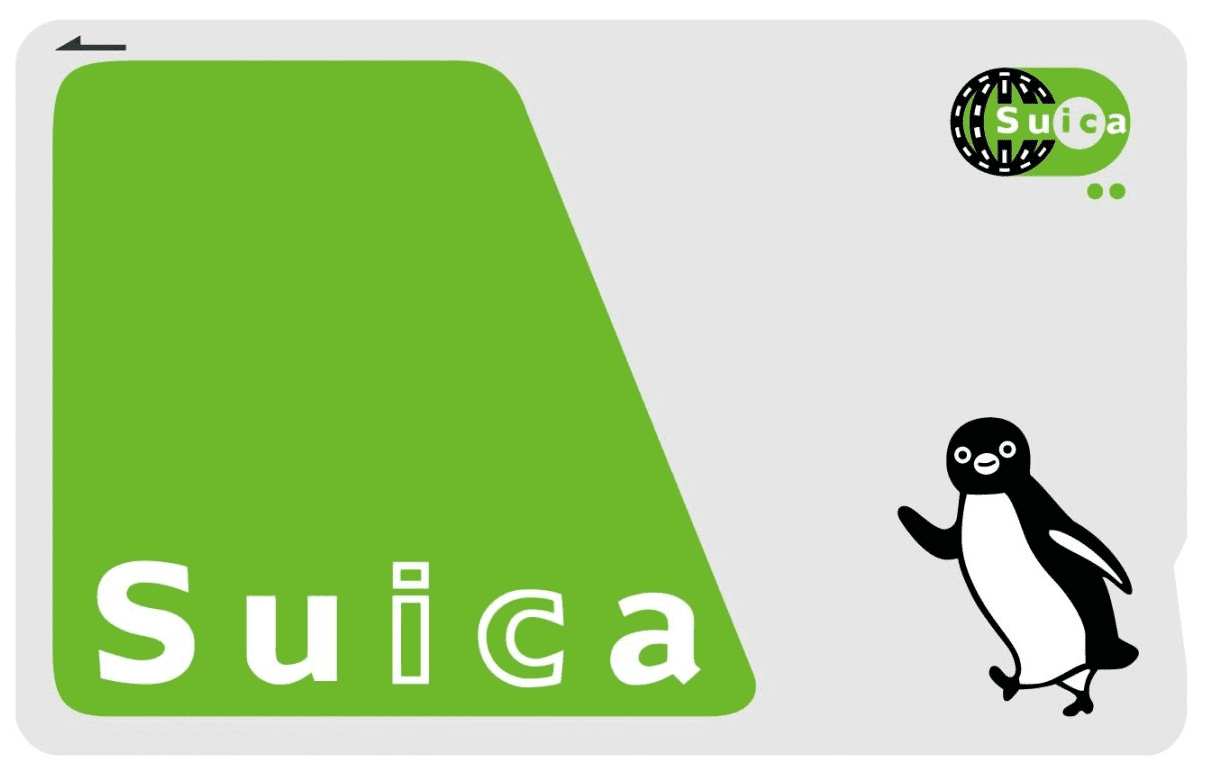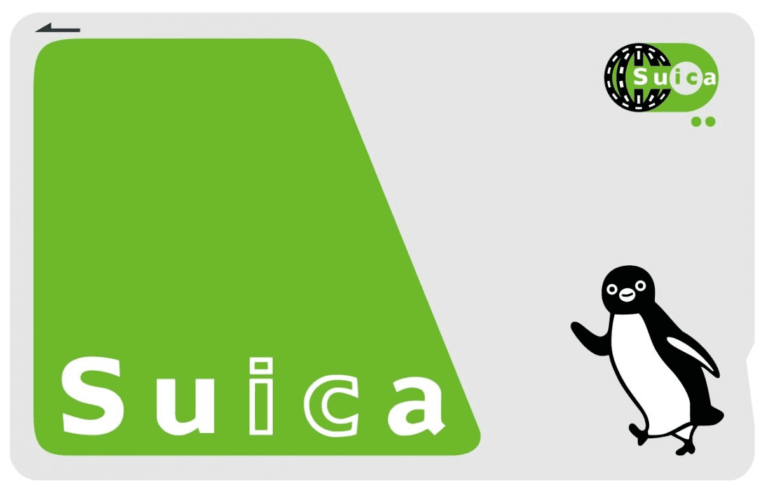

How to Travel Smart in Japan with IC Cards
How to use IC cards in Japan? IC cards are an essential travel companion in Japan. Learn how to use them to get around quickly and easily and save money on fares. This guide will teach you everything you need, from where to buy an IC card to how to use it on trains, buses, and even in stores.
Prepare for an epic adventure in Japan, where ancient culture meets modern technology, for a unique experience! With so much to see and do, getting around can be a hassle without the right tools. But fear not; we’ve got the inside scoop on the ultimate transportation hack: the IC card.
This rechargeable card is your ticket to hassle-free travel and so much more! No more fumbling for cash or keys; tap and go on trains, buses, subways, vending machines, and shops. With three popular IC cards, including ICOCA, SUICA, and PASMO, you’ll always need a convenient and cost-effective way to explore Japan.
But wait, there’s more! Our easy guide covers everything you need to know about these cards, from where to get them to how to use them and even how to return them. Also, you will learn some insider tips and tricks to help you make the most of your IC card experience. Get ready to travel like a pro and unlock the full potential of Japan with an IC card!
ICOCA, SUICA, and PASMO: What’s the Difference?
ICOCA, SUICA, and PASMO are all compatible, meaning you can use them on almost any public transportation system in Japan. However, they are issued by different companies and regions. JR West issues ICOCA for the Kansai region, which includes Osaka and Kyoto. JR East issues SUICA for the Tokyo region, while non-JR railway and subway operators in Tokyo issue PASMO. The name ICOCA stands for “IC Operating Card,” SUICA stands for “Super Urban Intelligent Card,” and PASMO stands for “Passnet Smart Card.”
The main difference between these cards is where you can buy and return them. You can purchase an ICOCA card at any JR West station or convenience store in the Kansai region and return it at any JR West station or store in the same area. Similarly, you can buy a SUICA card at any JR East station or convenience store in the Tokyo region and return it at any JR East station or store in the same part. On the other hand, you can buy a PASMO card at any non-JR station or convenience store in Tokyo, and you can return it at any non-JR station or store in Tokyo.
There are also unique versions of ICOCA and PASMO for foreign tourists, known as Kansai One Pass and Pasmo Passport. These cards do not require a deposit fee but are valid for only four weeks and do not allow refunds. They also offer discounts at attractions in the Kansai region (for the Kansai One Pass) and Tokyo (for the Pasmo Passport).
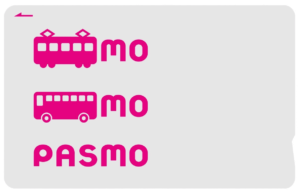

How to Get an IC Card?
If you plan to use public transportation in Japan, you’ll need an IC card. You can get one from any station or convenience store with a vending machine with the IC card logo. The process is simple – select the type of card you want (ICOCA, SUICA, or PASMO) and the amount of money you want to charge on the card (usually at least 1,000 yen). You’ll need to pay a deposit fee of 500 yen, which will be refunded when you return the card.
There are unique versions of the IC card for foreign tourists called the Kansai One Pass and Pasmo Passport. These cards don’t require a deposit fee, but they’re only valid for four weeks and can’t be refunded. They also offer discounts at attractions in the Kansai region (for the Kansai One Pass) and Tokyo (for the Pasmo Passport).
Look for a vending machine with the appropriate logo to get a Kansai One Pass or Pasmo Passport. You can select your language (English, Chinese, Korean, etc.) and pay for the card with cash or credit. Then, you’re free to explore Japan’s excellent public transportation system!
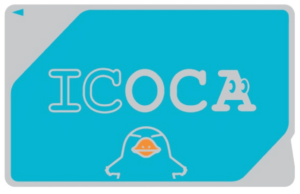

How to Use an IC Card?
Using an IC card is very easy. It would help if you tapped it on the reader at the ticket gate when you enter and exit the station or bus. The fare will be automatically deducted from your card balance. You can also use your IC card to pay for vending machines and shops accepting IC cards. Check the IC card logo on the devices or at the cashier. In fact, you can use any vending machine or ticket machine with the IC card logo to check your balance or recharge your card. Similarly, check your balance on the reader at the ticket gate.
If you need to get more familiar with how to use an IC card, don’t worry. Some simple examples to help you get started are as follows;
- Tap your IC card on the reader at the ticket gate when you enter and exit the station to hop on a train or subway. If you don’t have enough money on your card, you can quickly recharge it at any vending or ticket machine with the IC card logo.
- When taking a bus, tap your IC card on the reader when you board and get off. The fare will be subtracted from your card balance with ease. And if you need to top up your credit, head to any convenience store with the IC card logo.
- If you’re in the mood for some vending machine snacks, go ahead and select what you want and tap your IC card on the reader. The cost will be automatically deducted from your card balance.
- Lastly, if you’re shopping and want to pay with your IC card, just let the cashier know and tap your card on the reader. The amount will be deducted from your balance without any hassle.
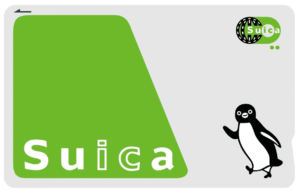

How do you return an IC Card?
To retrieve your deposit fee and remaining balance, you must return your IC card with the same type as yours at a station or convenience store. For instance, if you possess an ICOCA card, you must visit a JR West station or store. If you have a SUICA card, you must head to a JR East station or store. Finally, if you have a PASMO card, you must visit a non-JR station or store in Tokyo. You’ll receive your 500 yen deposit fee and any remaining balance up to 20,000 yen.
To return your IC card, follow the following steps:
- Locate a station or convenience store with the same IC card type as yours.
- Find a vending machine or ticket machine that has a refund option.
- Insert your IC card into the machine.
- Retrieve your cash from the machine.
Please note that you cannot return the Kansai One Pass or Pasmo Passport, which are particular versions of ICOCA and PASMO for foreign travelers. These cards are only valid for four weeks and do not allow refunds.


Conclusion
Are you ready to travel smart in Japan? Say hello to the fantastic IC card! Its convenience, ease of use, and cost-effectiveness make it the perfect companion for exploring the Land of the Rising Sun. Whether you’re hopping on a train, bus, or subway or grabbing a drink from a vending machine or a snack from a shop, the IC card has got you covered. There are three excellent types: ICOCA, SUICA, and PASMO. If you’re a foreign tourist, you can snag a particular version of ICOCA or PASMO that offers discounts at various attractions. So what are you waiting for? Follow these excellent tips and tricks to make the most of your IC card experience and have an unforgettable time in Japan!
If you have any questions or comments on the 20 Japanese Essential Phrases for Every Tourist, feel free to leave them below. Thanks for reading, and I’ll see you at the next one. Have a fantastic time in Japan!

